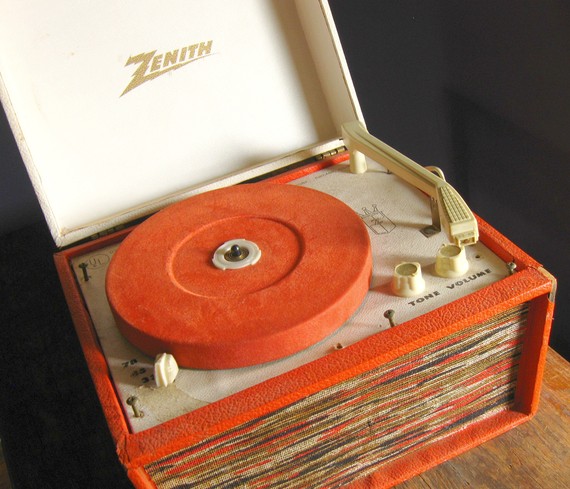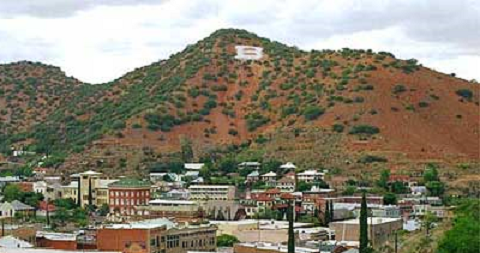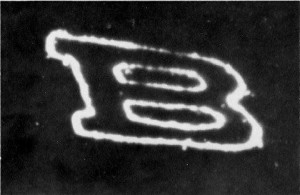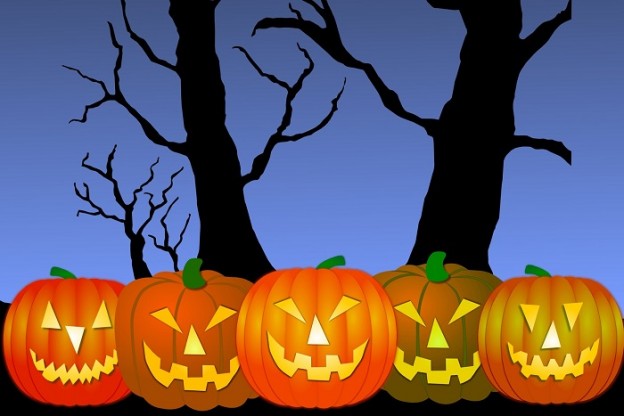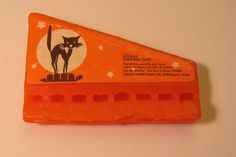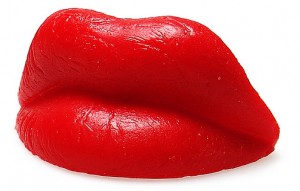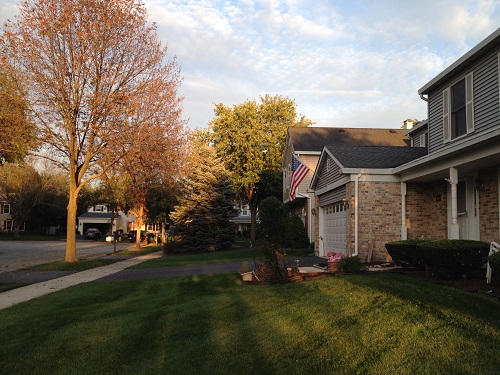Christmas music used to be something we used to hear for two or three weeks in December. We had a small collection of Christmas LPs we played on a monaural portable record player until I was in high school when we got our first stereo (bulkier, but still portable). That was long before stores and advertisers inundated us with holiday tunes and Christmas decorations in October.
When I was seven years old, I cried the first time I heard Connie Francis singing “Adeste Fideles.” I covered up by telling my mother I was sad because the record was slightly warped, making Connie sound like she had a bad case of hiccups. I have more than 150 CDs of Christmas music in several genres—classical, pop, jazz, comedy, big-band classics, new age, medieval and world music—there are a handful that remind me of Christmases Past.
The Andy Williams Christmas Album (1963). Saying “Happy Holidays” was perfectly acceptable back then and wasn’t part of the “War on Christmas.” Andy Williams was still married to Claudine Longet; we watched their Christmas specials on TV. Good times; naïve times.
The Story of Christmas by Tennessee Ernie Ford with the Roger Wagner Chorale (1963). This combines traditional carols with songs from South Africa, Mexico and Japan, tributes to Mary’s donkey and Christmas trees, and the Christmas Gospel. It was the soundtrack to the NBC television special broadcast on December 22, 1963, without commercial interruption.
Merry Christmas by Johnny Mathis (1958). His version of “Winter Wonderland” was a hit single in the UK and the album was on the Billboard 200 in 1959, 1960 and 1962. My mother was devastated when she found out he was gay, but she still loved his music.
W.T. Grant’s A Very Merry Christmas, Volume 3 (1966 or 1967). This compilation was only available through the now-defunct W.T. Grant department stores. I remember it for Percy Faith’s “Angels We Have Heard On High,” Mahalia Jackson’s version of “Silver Bells,” and Jim Nabors’ “Three Wise Men, Wise Men Three.” I didn’t know that Gomer Pyle could sing!
Reader’s Digest’s Joyous Noel (1968). This was a four-record set with singers long-past (Enrico Caruso, John McCormack, Marian Anderson, Fritz Kreisler), recent-past (Kate Smith, Mario Lanza, George Beverly Shea, Spike Jones), and then-current (John Gary, Perry Como, Harry Belafonte, Lorne Greene, Vaughan Monroe) among many others. It also had the uncensored version of Glenn Miller’s “Jingle Bells,” with the verse about Mexicans sitting around all day listening to music and drinking tequila. I managed to find a copy on e-Bay a few years ago.
Christmas With The Norman Luboff Choir (1964). I bought this after hearing “Do You Hear What I Hear?” on the Reader’s Digest album. The only time I’d seen this album in CD format was in the post exchange at the Grand Forks Air Force Base in 1991. I bought it for about nine bucks; Amazon.com was selling a new one for $255.99 at the time I wrote this.
I’d like to know if anyone else has favorite Christmas albums.
